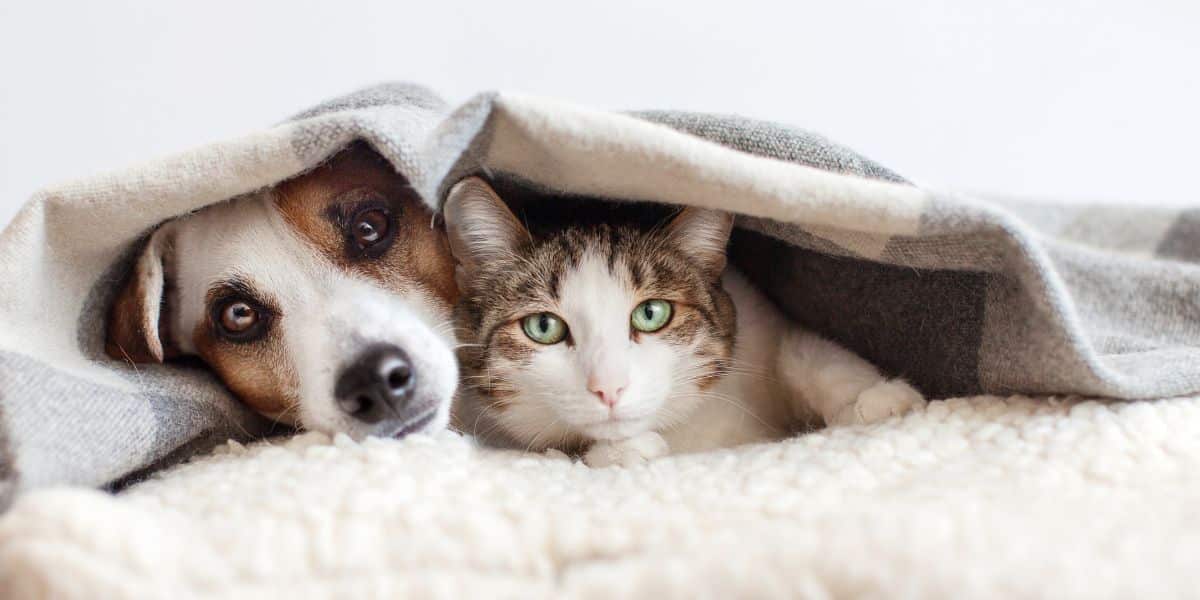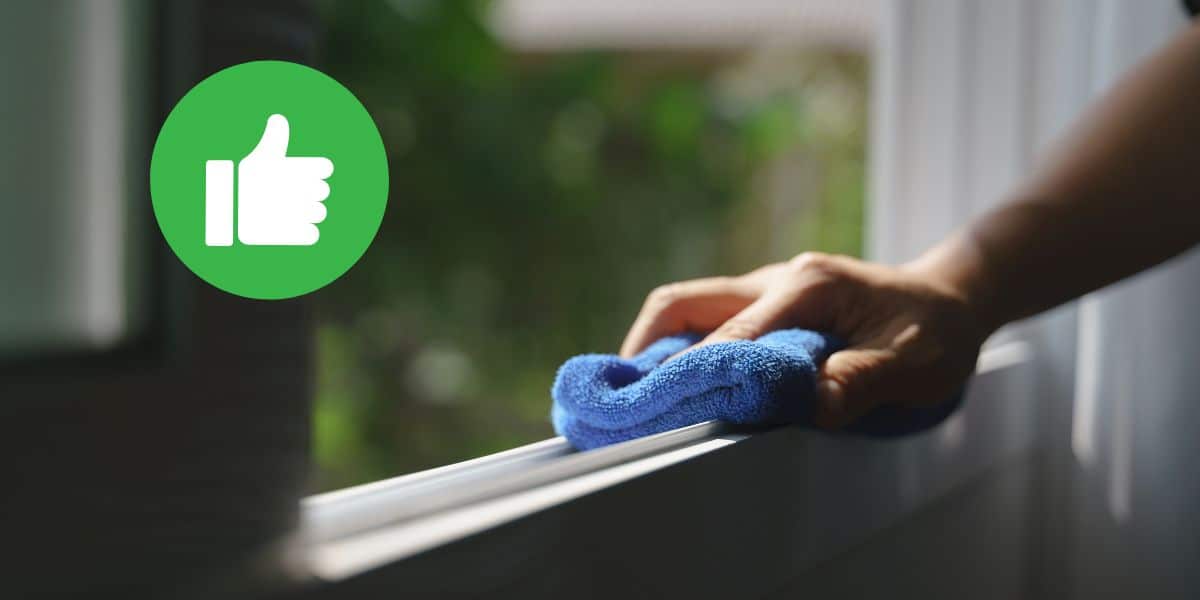🌟 Ensuring your furry friends are truly happy is vital! 🌟 Discover how to evaluate your pet’s quality of life with insights from professionals. Signs of joy, health, and contentment can guide you. 🐕🐈 Let’s dive into the world of pet happiness!
Is your dog or cat truly happy? This question is often on the minds of pet owners. The emotional states of our animal companions can sometimes be elusive, but understanding their well-being is essential for their health. To help guide you, veterinarians have shared invaluable tools and methods for assessing a pet’s quality of life. From observing behavioral cues to understanding their physical condition, there are several indicators that can help you determine if your furry friend is thriving.
Identifying Happiness in Your Pet
One of the first steps in determining your pet’s happiness is to observe their body language. A happy dog may wag their tail enthusiastically while maintaining a relaxed posture. Ears held back and a playful demeanor are also good signs. Similarly, a cat might show their contentment by purring or kneading soft surfaces with their paws. Understanding these behavioral cues is vital as they often express feelings in unique ways.
Signs of a Happy Dog
To assess if your dog is leading a happy life, consider their energy levels. An energetic dog that enjoys playing or interacting with family members is likely content. Another key indicator is their appetite; if your dog eagerly runs to their food bowl or perks up at the sound of a treat bag, that’s a strong sign of happiness. Additionally, soft and relaxed eyes reflect a dog’s emotional state—when they look at you with an affectionate gaze, it often signifies their love and comfort.
Detecting a Happy Cat
For cats, it’s all about their behavior in your home. A happy cat will typically seek out companionship, show curiosity, and engage in play. Behaviors such as purring, slow blinking, and rolling onto their side are signs of a confident feline enjoying their environment. Cats also express their feelings through their tails; a raised tail often indicates a happy and confident pet. While observing these behaviors, note that each cat can have unique quirks that signify their happiness.
The Impact of Health on Happiness
A pet’s health directly affects their well-being. Pain, illness, and stress can significantly reduce their quality of life. If your pet is experiencing changes in behavior—such as hiding or displaying signs of discomfort—it may point to underlying health issues. Regular veterinary check-ups can help in catching potential problems early, ensuring your furry friend leads a long and happy life.
Using Quality of Life Scales
To objectively assess your pet’s happiness, utilizing quality of life scales can be beneficial. These tools allow you to evaluate various aspects of your pet’s health and comfort, providing insights into their well-being. Many veterinarians recommend specific scales that can help you track changes over time, making it easier to recognize if your pet’s state is declining or improving.
FAQ
How can I tell if my pet is happy? Observing your pet’s body language, behavior, and appetites can be excellent indicators of their happiness.
What are common signs of a healthy dog? A wagging tail, playful demeanor, and soft eyes are all signs of a happy and healthy dog.
Is it normal for my cat to hide sometimes? While cats may enjoy solitude, excessive hiding can be a sign of stress or discomfort and should be monitored.
What should I do if I notice changes in my pet’s behavior? Consult your veterinarian to rule out any health issues that may affect your pet’s quality of life.
How often should I take my pet for check-ups? Regular vet check-ups are recommended at least once a year, or more often for older or ailing pets.
Your pet’s happiness is closely tied to their quality of life, making regular observance and care essential. By understanding the signs of a happy pet, checking their health regularly, and utilizing quality-of-life scales, you can ensure your furry friends lead fulfilling lives. Remember to return for more articles on home decor and share with fellow pet lovers who may also benefit from these insights!





